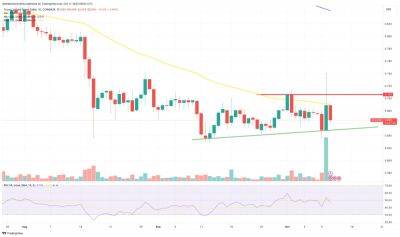IMF working paper proposes country-level assessment matrix for crypto risks
A working paper published by the International Monetary Fund (IMF) proposed a count vulnerabilities and potential policy responses for the crypto sector.
On Sept. 29, the IMF published a working paper titled “Assessing Macrofinancial Risks from Crypto Assets.” Within the paper, authors Burcu Hacibedel and Hector Perez-Saiz proposed a Crypto-Risk Assessment Matrix (C-RAM) for countries, to spot indicators and triggers of potential risks in the sector. The matrix also aims to summarize regulators’ potential responses to the risks it could identify.
The matrix includes a three-step approach. The first step includes using a decision tree to assess crypto’s macro-criticality, or the potential to affect the macro-economy. After this, the next step involves looking at indicators comparable to those used to monitor the traditional financial sector. The last step covers the global macro-financial risks affecting countries’ systemic risk assessment.
As an example, the authors applied C-RAM to identify risks in El Salvador, a country that made Bitcoin (BTC) a legal tender in September 2021. According to the paper, El Salvador's use of BTC poses market, liquidity, and regulatory risks. The authors wrote:
The IMF has consistently discouraged El Salvador from adopting Bitcoin. In January 2022, the IMF urged the Central American country to drop Bitcoin’s legal tender status. According to the IMF, using BTC as legal tender carries “large risks” in areas such as financial stability, financial integrity, and consumer protection.
Related: IMF’s CBDC push gets feedback from the crypto community — ‘No one wants this’
As crypto rapidly develops, regulators are playing catch up on putting in place responses to potential risks in the
Read more on cointelegraph.com























